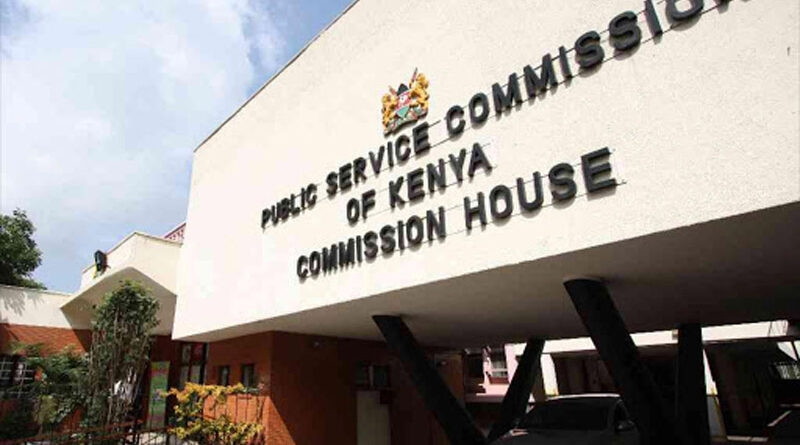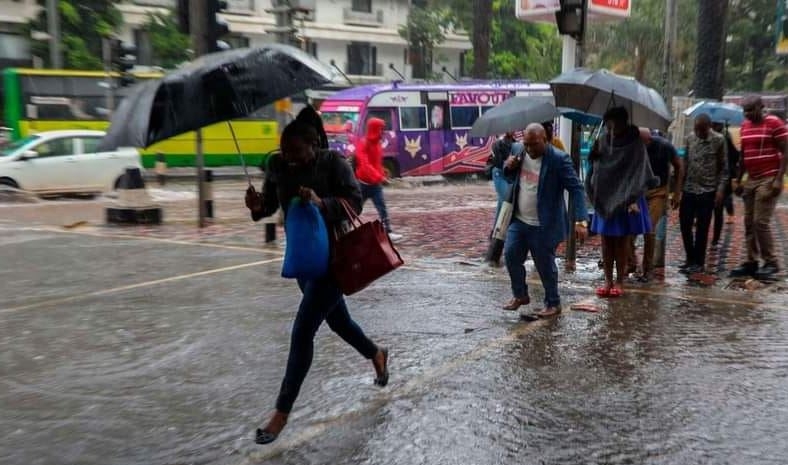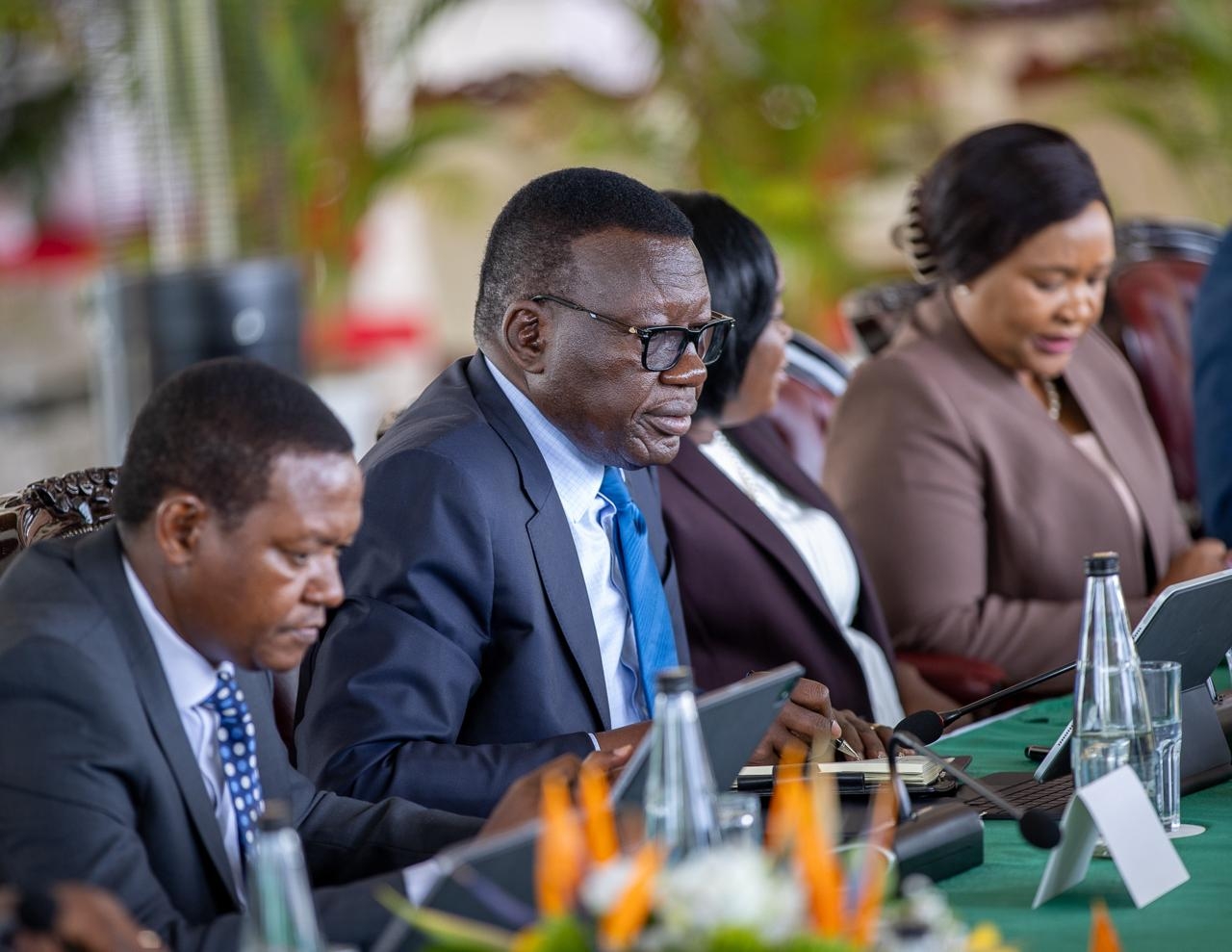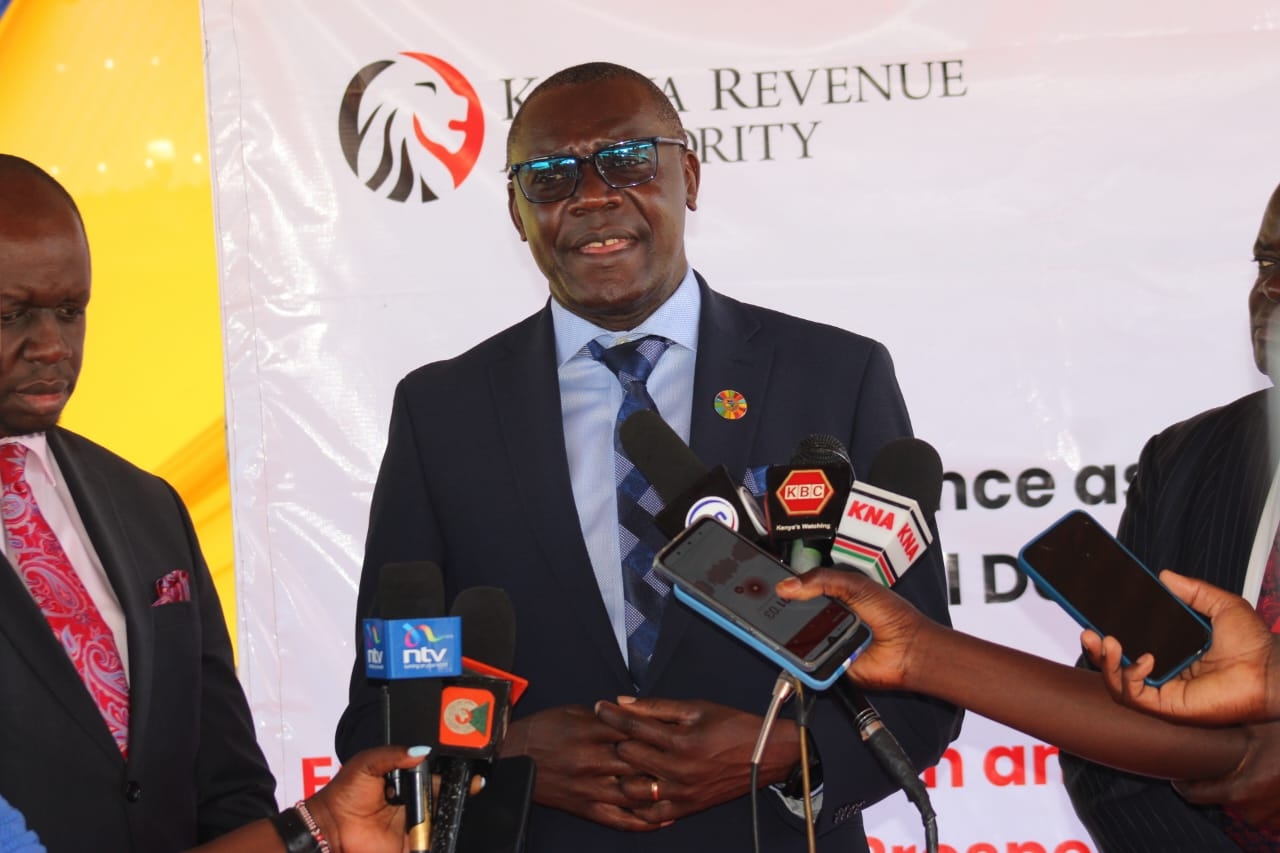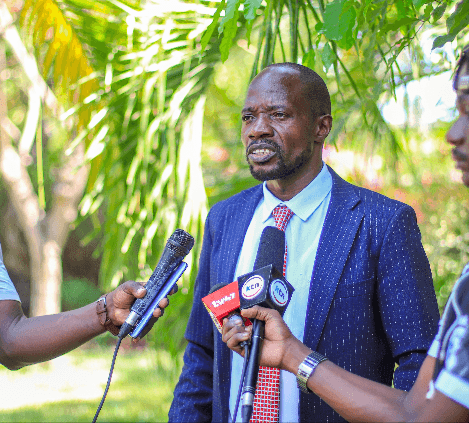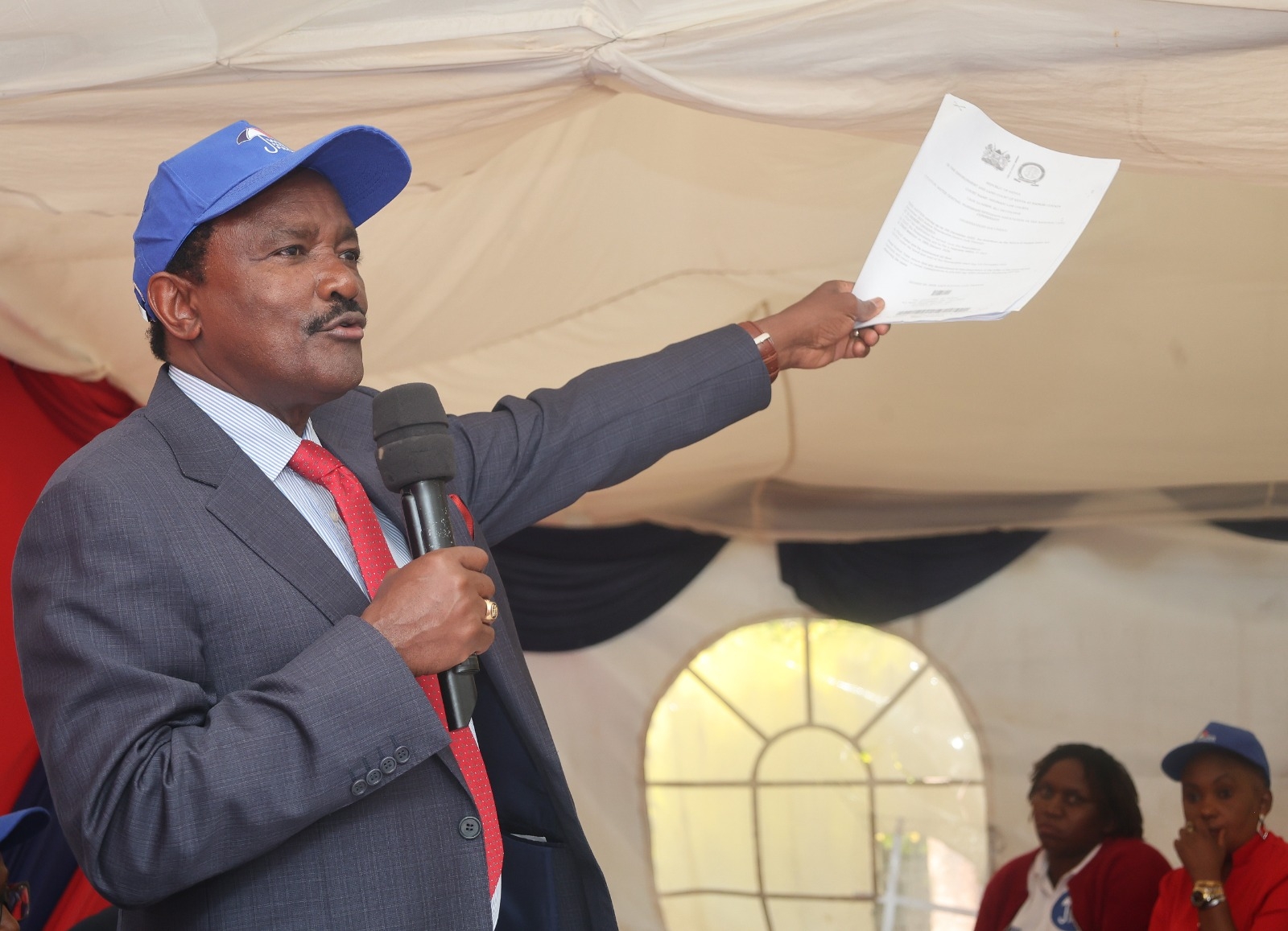You could soon see changes in the duties police officers do and which could have a bearing on your safety after a reform team proposed disengaging the Kenya Police and Administration police services in a massive re-organisation swoop.
Before the 2010 Constitution, Administration police mainly did administrative and protective policing, including guarding government buildings and helping the defunct provincial administration in enforcing the law.
The Kenya Police, on the other hand, had the general public safety duties.
But post 2010 the Kenya Police Service and APS were established as one Service in the National Police Service, under the unified command of the Inspector General.
Under the law, the two services remain functionally distinct.
Now the former Chief Justice David Maraga reform team found that the implementation of the integration drive have not met the intended objective with discontent among officers, especially from the APS, widespread.
About 24,000 AP officers got absorbed into KPS, and this has affected their functioning as most of them claim they were not trained for the duties that KPS officers do.
Under the restructuring policy, APS was assigned protection and border Security while Kenya Police Service was given public safety and security roles.
The report says that with the public safety and security now principally a function of the Kenya Police Service, a policing gap has emerged at the community level, and more so in rural areas where the policing approach is not that traditionally associated with the Kenya Police Service of responding to crime incidents rather than the traditional APS approach of policing with the community.
“The absorption of a major fraction of members of APS into the Kenya Police Service and reduction of their mandate at county level to protection of critical infrastructure has significantly undermined the preventive (community-based) policing that APS has historically excelled in, leading to a significant escalation of crime thus undermining national security,” the report says.
The report says the the restructuring caused confusion as it effectively decimated the Administration Police Service as established in the Constitution.”
Further, the team said, relegating APS into formed up units equates it to the sub-units in other police services in the Kenya Police Service and the Directorate of Criminal Investigations.
Also, there is a feeling among AP officers that the service has been reduced to units of the “Police” and has led to the loss of its identity, according to the report says.
Officers who who spoke to the task force said they did not understand the purpose and process of restructuring and reorganisation.
“The task force observes that unless the restructuring is revisited and APS finds its footing in the NPS as an equal partner in policing, the sibling rivalry that is currently prevailing shall continue to simmer, and may effectively hinder service delivery.”
In particular, the retention of all the ‘lucrative’ protective functions such as airports and the Central Bank by the Kenya Police Service continues to undermine the spirit and purpose of the restructuring.
NPS consists of 108,414 uniformed officers spread across all the formations, units and components.
Police IG Japheth Koome defended the current arrangement, saying it is meant to ensure good order, command and coordination between the two Services.
The task force said that while the reorganisation was undertaken, not all processes that were identified have been fully implemented.
“Majority of general duty officers are yet to undergo short refresher courses to equip them with police station work skills, building harmony of command, and strengthening bonding through joint passing-out parades and subsequent redeployment,” it reads.
Other issues such as the complete aligning of command and control among formed up units and the commands at various levels, modernisation and recruitment to address identified establishment gaps in the services.
As a remedy, the team suggest that the National Police Service Commission and the IG should carry out a reassessment of the roles and current capacity of APS in view of the significant numbers that were transferred to Kenya Police Service.
They should “take appropriate remedial measures, including the redeployment of the over 24,572 APS General Duty officers who were integrated into KPS.”
Also, the distinction between officers in the three services should be maintained only up to the NPS inspectorate level.
“The coordination of the three Services at county and regional levels should be a matter of deployment or allocation of duties that any NPS officer at that level can perform.”
Also, NPS gazetted officers should be designated as NPS officers without affiliation to any particular service.
“Gazetted officers should be subjected to the same training and standards and should, thereafter, be deployed for duty in any of the three Services,” the report reads.
The task force also proposed transforming the DCI from a directorate into a fully-fledged service but be under the “the direction, command and control of the Inspector-General.”
The Criminal Investigations Service should further consist of the three-tier ranks published by the Cabinet Secretary.


